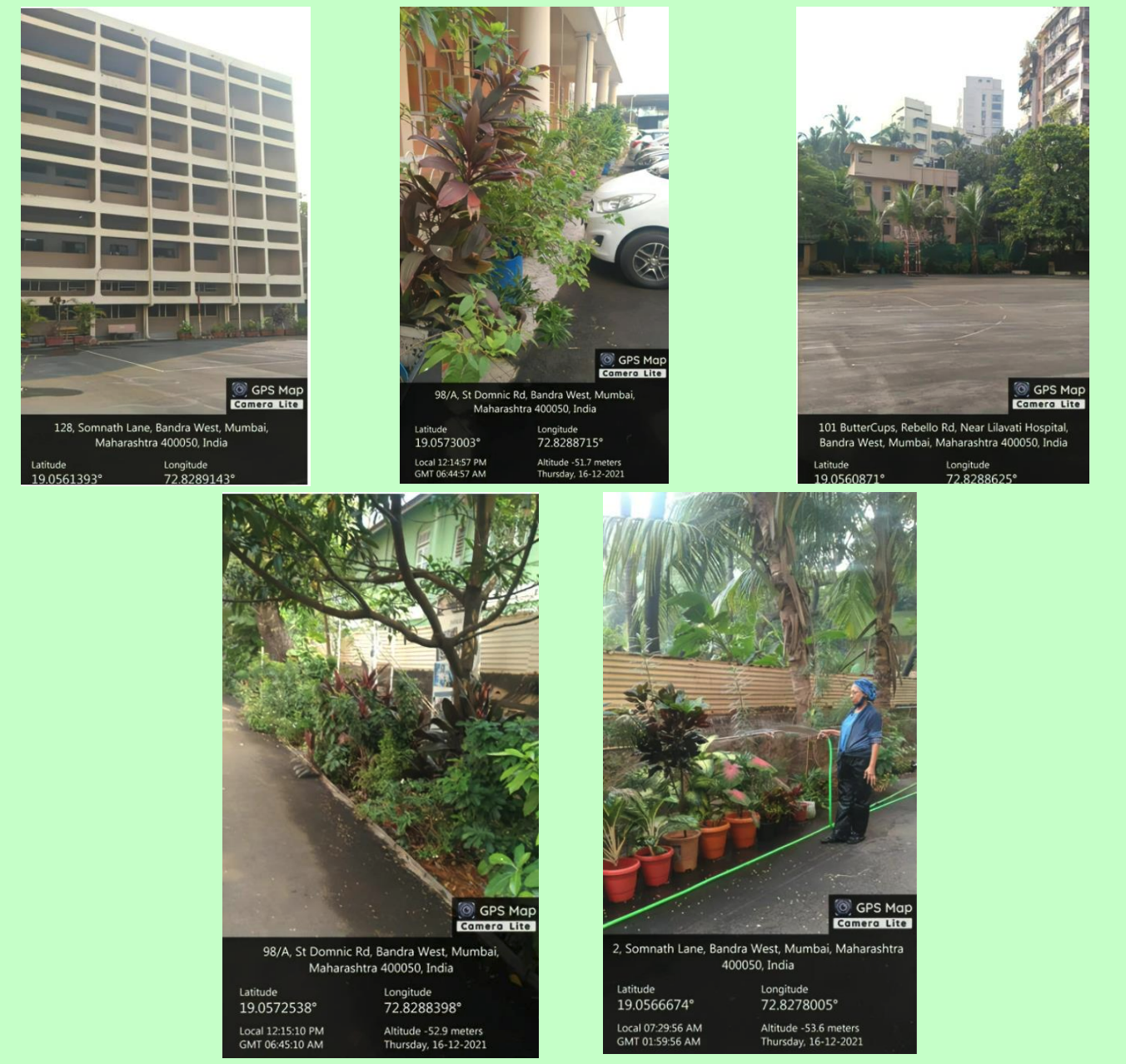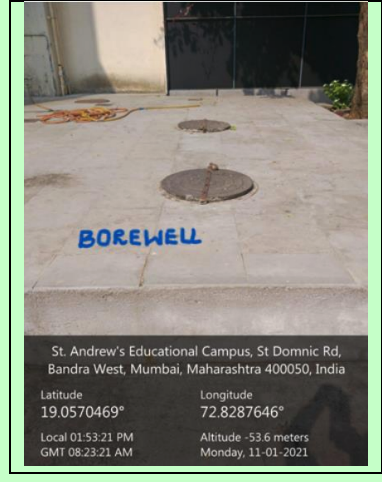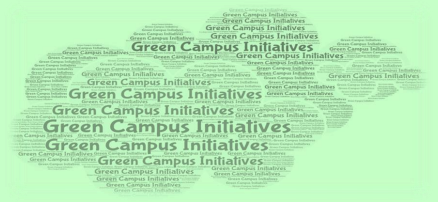
I. Green Campus Policy
II. Green Audit
III. Garden and Landscaping
IV. Avian–Friendly Campus
V. Waste Management
VI. Water Conservation
VII. Electricity Conservation
VIII. Recycling of Paper
IX. Recognition for St. Andrew’s College
X. N.S.S. Green Initiatives
XI. Directory of Plants and Trees on Campus – Work in Progress
I. GREEN CAMPUS POLICY
We have a Green Campus Policy document has been created that highlights
the guidelines and information concerning promoting sound environmental
management policies and practices throughout the College.
Green Campus Policy Document: Green-Campus-Policy-Document-.pdf (standrewscollege.ac.in)
II. GREEN AUDIT
The College initiated a student-driven environmental activity named “Green
Audit.” Besides assessing the environmental sustainability of its policies and
practices, identification of opportunities for improvement, and making the
campus as environment-friendly as possible; the audit aimed to raise awareness
of environmental issues, and sustainable practices among the campus
stakeholders. It was an opportunity for college youth to learn about environmental
degradation, the impact of lifestyles on the environment, and sustainability issues.
Green Audit Report 2019-2021: Green-Audit.pdf (standrewscollege.ac.in)
III. GARDEN AND LANDSCAPING
The campus at St. Andrew’s is rich in terms of floral diversity. It is beautifully
landscaped with plants and trees that are well maintained. A tree plantation
drive within campus was organised by NSS and Nature Club in 2017-18.
Some of the species of flowering plants on the campus include Jasmin, Musanda,
Ixora, Aparajita, Champa, Mogra, hibiscus, periwinkle, etc.
There are fruit-bearing plants such as papaya, banana, coconut, mango, almond,
moringa, jackfruit, and java plum to name a few.
Tulsi, turmeric, parsley, betel plant, coriander, carom, neem, insulin plant, and
peepal tree are a few plants of medicinal value found on the campus.
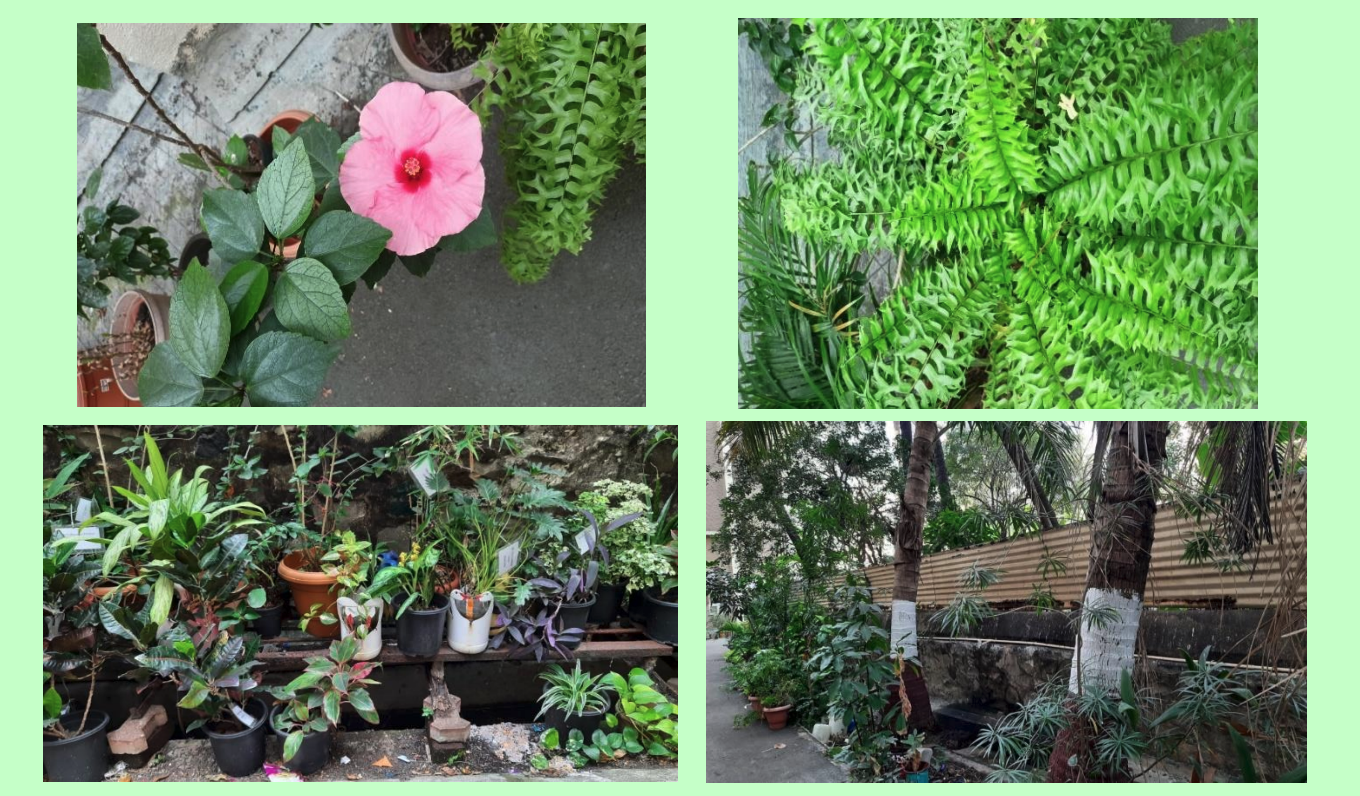
The trees on campus are well-managed are coated with red oxide and calcium
hydroxide as a safeguard against fungal diseases, potential pest attack, and
sun scald.
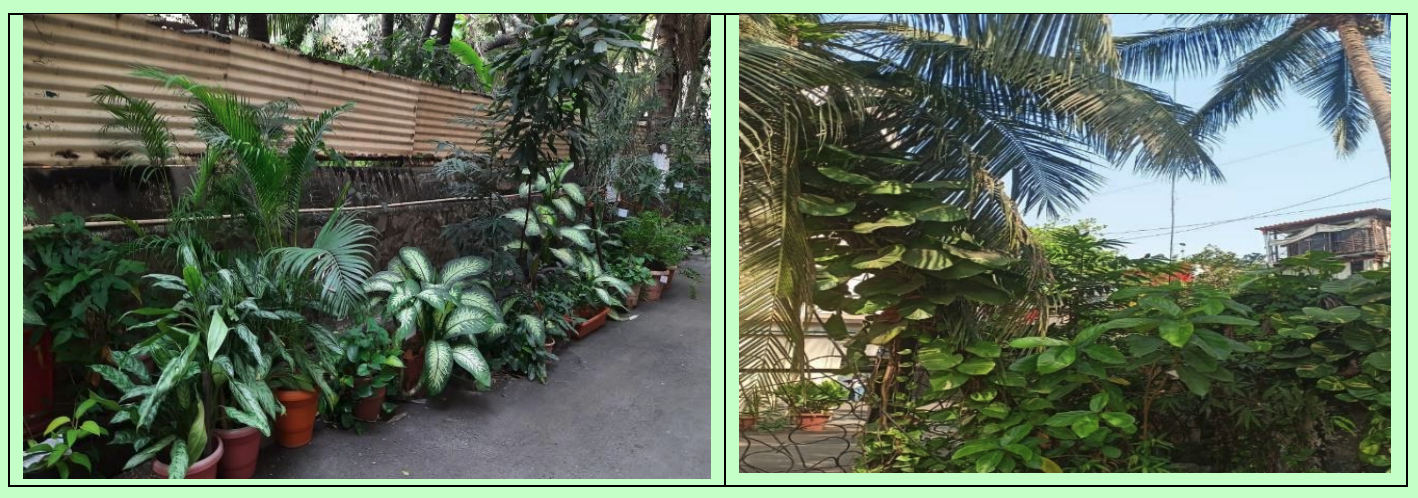
The college has several potted plants and trees on campus that are tended by Ms.
Mabel Rosario and Mr. Yadav. The fertiliser for which is provided by the
composted wet waste created on campus by Mr. Robert Sequeira, another
member of the college’s maintenance staff.
IV. AVIAN-FRIENDLY CAMPUS
St. Andrew’s campus is bird friendly. In this time of declining bird populations,
we have bird feeders, water feeders, and nests installed at several locations on campus that provide solace to birds during scorching summers, especially, to
sparrows.
V. WASTE MANAGEMENT
St. Andrew’s College manages the waste generated on the campus in a well-
organised manner, based on the principle of the 3 R’s – Reduce, Reuse, and Recycle.The college has worked towards raising awareness of the need to segregate waste
into dry and wet components at home and on campus. Dry waste and wet waste
are segregated on the campus. There are separate bins for different types of waste.
The dry waste is sent for recycling.
The degradable waste generated on the campus is sent to the college compost
unit. Degradable waste (which includes soiled paper and dry leaves) is shredded
and then transferred into bins for composting. The leachate released is collected
in a tray and connected to the campus plants through pipes. The waste converted
into manure is used as fertilizer for plants on the campus.
There is also a special bin on campus dedicated to the collection of tetra packs
which are later sent for recycling. We have a bench on campus that was created
by recycling tetra packs (see image below)
VI. WATER CONSERVATION
The college has a bore well on campus and the water from this is currently being
utilized to water the garden and in toilets. Also as mentioned above, the
leachate released in the process of composting is collected in a tray and
connected to the campus plants through pipes.
VlI. ELECTRICITY CONSERVATION
In all sections of the campus, the lecture rooms, office rooms, staff rooms, etc.,
are airy; and have natural light and ventilation due to which there is minimal
energy consumption. The college has 628 LED tube lights; and has replaced old
electric appliances, with 3 and above star-rated refrigerators, air conditioners,
and microwaves.
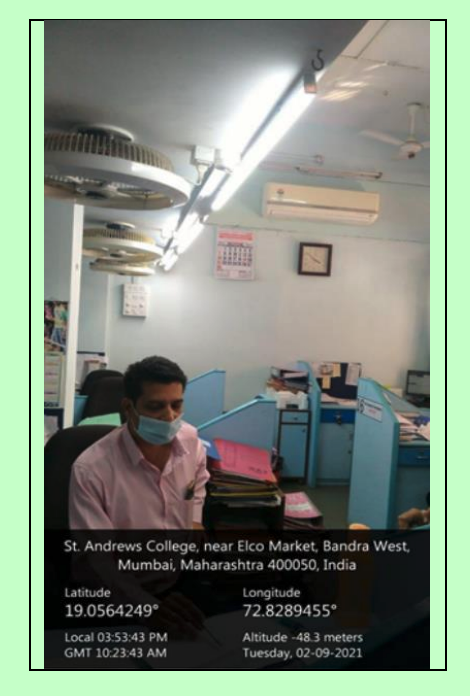
VIlI. RECYCLING OF PAPER
The institution follows a regular practice of selling scrap newspapers to recyclers
for reuse. The institution has also partnered with Green Star Trust to recycle
waste paper generated on the campus to reduce its carbon footprint.
IX. RECOGNITION FOR ST. ANDREW’S COLLEGE
Recognition-for-St-Andrews-College.pdf (standrewscollege.ac.In)

